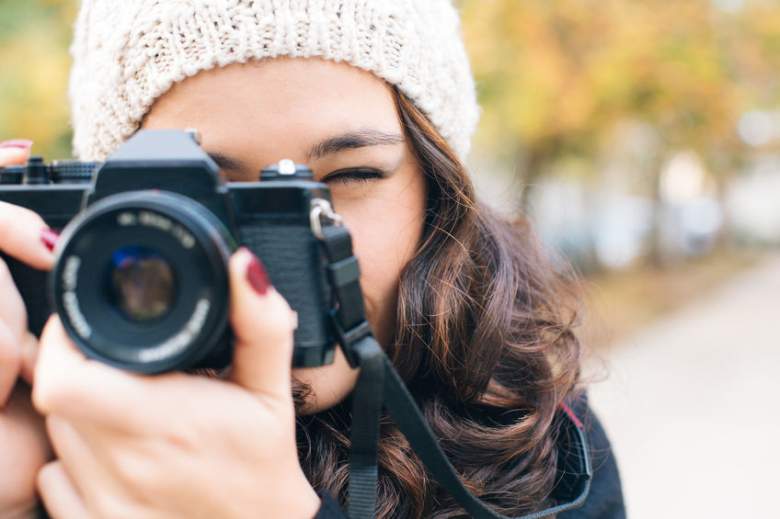
The most important thing that differentiates beginning photographers from advanced shutterbugs usually the camera they shoot with. Instead, it’s the belief that the camera matters. Pros know that they can take a compelling photo with whatever camera they happen to have at their disposal, while newbies think that they can’t take great photos without expensive gear. That’s why a lot of pros will quip that the best starter camera is whatever camera you happen to own.
There’s some truth to that, but in all fairness, it’s a lot easier to take great photos — and learn the ABCs of photography — with the right hardware. You can only get so far with a smartphone’s camera app or a point & shoot camera, so when we talk about choosing the best starter camera for beginners, we’re talking about an interchangeable lens camera — either a digital SLR (DSLR) or mirrorless camera.
See Also: 8K Video Cameras
Whether you choose a DSLR or a mirrorless camera is largely a matter of personal; taste and preference. Both are solid choices, though the future clearly belongs to mirrorless, and it’s entirely possible that DSLRs will be as obsolete as old-fashioned film cameras in another 20 years. Mirrorless cameras already have most of the advantages of DSLRs, but are lighter and more compact. Both kinds of cameras let you saw lenses from wide-angle to normal to macro to telephoto depending on your needs and give you automatic, programmed exposure and full manual control.
Ready to jump into the world of photography with a camera that offers almost unlimited creative control and expandability, yet can also help you learn and grow? I’ve rounded up a comprehensive collection of the best start cameras to help you begin your hobby — or career — in photography. There’s something here for you no matter what your skill and interest.
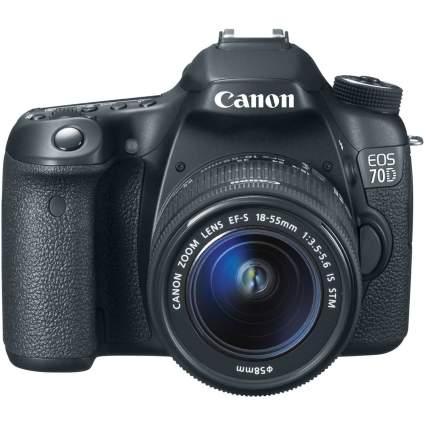
|
Amazon Customer Reviews
|
Price: $978.69 Shop at Amazon | Shop now Read our review |
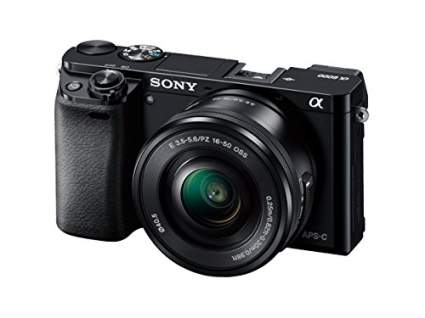
|
Amazon Customer Reviews
|
Price: $1,049.95 Shop at Amazon | Shop now Read our review |
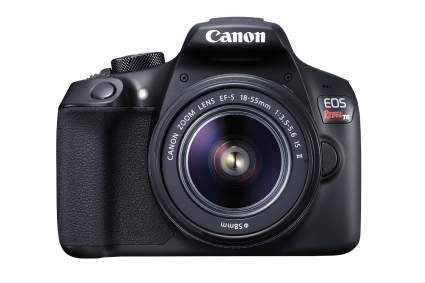
|
Amazon Customer Reviews
|
Price: $549.00 Shop at Amazon | Shop now Read our review |
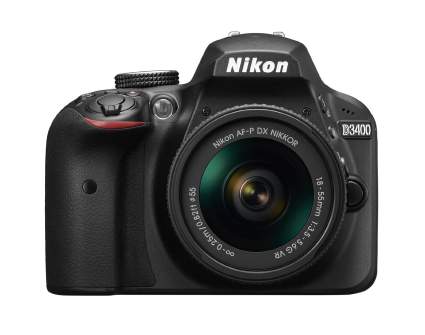
|
Amazon Customer Reviews
|
Price: $729.99 Shop at Amazon | Shop now Read our review |
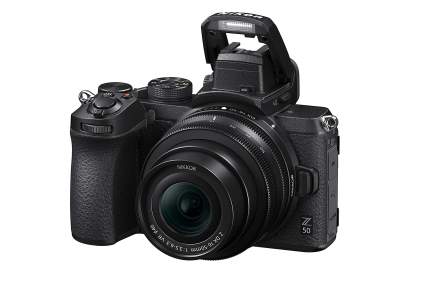
|
Amazon Customer Reviews
|
Price: $1,246.95 Shop at Amazon | Shop now Read our review |
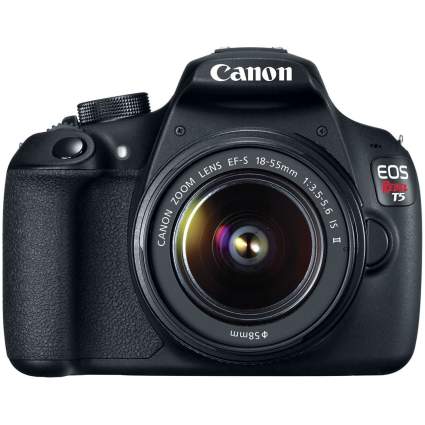
|
Amazon Customer Reviews
|
Price: $749.00 Shop at Amazon | Shop now Read our review |
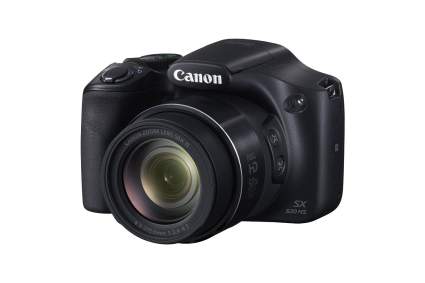
|
Amazon Customer Reviews
|
Price: $649.99 Shop at Amazon | Shop now Read our review |
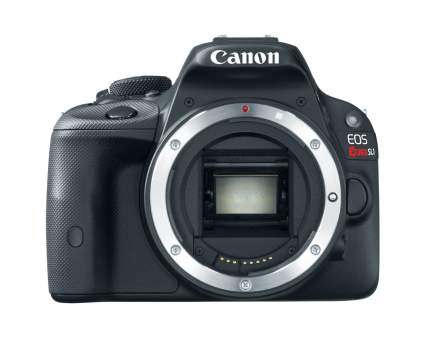
|
Amazon Customer Reviews
|
Price: $798.00 Shop at Amazon | Shop now Read our review |
-
1. Canon 70D
Pros:- Long battery life
- 7 frames per second continuous shooting rate
- Versatile articulating monitor
Cons:- Known issue with overheating means short lifetime for some
- Expensive for a body only
- Low light performance is subpar
The Canon 70D has become well-known thanks to bloggers like Casey Neistat who use it as their camera of choice. Neistat loves this body’s fully articulating rear monitor and auto-focus in video recording mode. Take it from that YouTube star: If you can afford it, the 70Dn is a solid choice for vlogging.
But how does it handle still photography?
It has all the bases covered. The 70D includes a 20.2-megapixel APS-C sensor that can shoot up to 7 frames per second, which is pretty respectable for a DSLR with a mechanical shutter. You also get a 19-point autofocus system that makes it easy to lock onto your subject almost anywhere in the frame. Canon’s Dual Pixel autofocus is fast and accurate, whether you’re focusing through the viewfinder or using the monitor in live view. And as mentioned, it has a handy 3-inch articulating display.
Of course, at this price, the camera might be overkill, but it’s definitely something you can grow into. But keep in mind that this price doesn’t;t include lenses, while other cameras in this roundup include one or even two kit lenses for about the same price.
Find more Canon 70D with 18-55mm Lens information and reviews here.
-
2. Sony Alpha a6000 with 16-50mm and 55-210mm Lenses
Pros:- Fast autofocus
- 11 frames per second
- Wireless image transfer
Cons:- No built in image stabilization
- No 4K video recording
- Limited lens selection
The world is changing. DSLRs were once the definitive camera for beginners and pros alike, but the Sony Alpha a6000 demonstrates that mirrorless cameras are on the rise, and might be a smarter choice. Rather than using a pentaprism to split light between the sensor and viewfinder, the a6000 has an articulating monitor and an electronic viewfinder. That chews through the battery somewhat faster than using the viewfinder on a DSLR, but you get a lighter and more compact camera. It can shoot up to 11 frames per second in continuous shooting mode using its 24.3-megapixel sensor. The autofocus is equally formidable; you get 179 autofocus points that gives you unrivaled flexibility for framing and tracking your subject. The camera also has great wireless transfer capabilities via Wi-Fi and NFC, so you won’t need to swap memory cards ever again.
Find more Sony Alpha a6000 information and reviews here.
-
3. Canon Rebel T7 With 18-55mm Lens & 75-300mm Lens
Pros:- 24 megapixels
- Very inexpenisve budget kit
- Great battery life
Cons:- No 4K video
- Slow 3fps
- No articulating display
It’s hard to not see the value here. This Canon Rebel T7 comes with a pair of kit lenses: an 18-55mm and 75-300mm, all for a price that’s only halfway to a thousand dollars. Of course, it only takes a moment to see why this camera is priced so much more cheaply than some of its peers; the 3-inch monitor doesn’t articulate, so you can’t flip it around to see the framing from unusual angles. Nor is it a touchscreen. Moreover, some specs are somewhat modest. The ISO, for example, can be set from 100-6400. That may eventually limit your options for low-light photography.
But if you can get past those limitations, the Rebel T7 shoots 24.1 megapixels images with Canon’s excellent Dual Pixel autofocus system (though with a pretty limited 9-point grid). You can’t record 4K video, but its 1080p video is excellent, and you can capture about 3 frames per second when shooting stills. It won’t set the world on fire, but if you want a lot of hardware for very little money, you’d be hard-pressed to find a better value.
Find more Canon Rebel T6 with 18-55 lens information and reviews here.
-
4. Nikon D3400 With 18-55mm Lens
Pros:- 24 megapixels
- 5 frames per second
- Excellent image quality
Cons:- No 4K video recording
- Viewfinder is a little small and difficult to use
- Monitor doesn't articulate
Like the Rebel D7, also on this list, the Nikon D3400 is a great value for starting out with a DSLR. It shoots 24 megapixels at five frames per second and, unlike the D7, has an ISO range that goes to 25,600. It may not be the fastest gun in the roundup but offers great detail in its images. As a budget model, this is another camera that lacks an articulating monitor, so don’t plan to use it for vlogging or shooting from crazy angles. But the camera has some useful features, like an 11-point autofocus system, wireless image transfer, and a special “Guide Mode” for beginning photographers to help ease the transition from smartphones and point & shoot photography to a DSLR.
Find more Nikon D3400 information and reviews here.
-
5. Nikon Z50 with 16-50mm Lens
Pros:- Light and compact
- Fast 11fps shooting
- Great handling
Cons:- Limited battery life
- No dual SD card slot
- No in-camera stabilization
Here’s another mirrorless alternative to DSLRs. Nikon might have gotten a slow start in the mirrorless segment, but the Nikon Z50 — the brand’s first shot at a beginner-friendly model — is superb. Using an APS-C sensor, the body is small and light but feels comfortable in your hands. This camera would seem like magic to anyone used to beginner models from just a couple of years ago — it has speedy 11fps shooting, 4K video recording, Raw recording and a large 3.2-inch touchscreen display in addition to the electronic viewfinder. But it also lacks enough features that advanced enthusiasts will start to feel limited, such as the single SD card slot and no weather sealing. This camera is a part of the Z-series and so it uses the same lenses as the full-frame models like the Z6 and Z7, so any investment you make in glass with this camera will not be lost if you upgrade.
Find more Nikon Z50 with 16-50mm Lens information and reviews here.
-
6. Canon Rebel T5 With 18-55mm Lens
Pros:- 18 megapixel sensor
- Included lens has image stabilization
- Inexpensive
Cons:- Screen does not articulate
- Antiquated autofocus
- No 4K video recording
Canon’s EOS Rebel T5 is slightly cheaper than its more grown-up sibling, the Canon SL1 and it offers one key advantage: it’s a lot cheaper. If you choose the T5 you lose the SL1’s great video autofocus, but you get is a full camera that’s significantly cheaper (as priced here, it’s the same as the SL1 but comes with a convenient kit lens while the SL1 does not).
Here’s what you do get: an 18-megapixel sensor (smaller than the more common 20 megapixels, but for the most part you’ll never notice), an ISO control that goes up to 3200, and a continuous shooting mode that tops out at 3 frames per second. You get a few autofocus modes to choose from — a single point mode, multipoint, and live, which emphasizes automatic face detection.
This camera is aging and lacks a lot of the features and improved specs common in more recent models, but the price is definitely attractive.
Buy the Canon Rebel T5 with 18-55mm Lens here.
-
7. Canon Powershot SX530
Pros:- 16 megapixels
- Built in 50x optical zoom
- Built-in Wi-Fi
Cons:- No 4K video recording
- No viewfinder
- No interchangeable lenses
What if you want the capabilities of a DSLR but don’t want the expense — or the bag full of interchangeable lenses? Perhaps a better alternative is a superzoom point & shoot camera like the Canon Powershot SX530. The SX530 looks and feels like a DSLR at first glance, including the big, bulging lens. But you can’t change it out, which is why Canon made it a 50x optical zoom that reaches from 24-1,200mm (in 35mm equivalent focal length measurements). It’s comfortable in your hands and really gives you the look and feel of working with a DSLR. It’s fast and responsive with a snappy autofocus and a slew of creative shoot modes as it shoots 16-megapixel images.
On the other hand, this camera is limited by the fact that it’s neither a DSLR nor a mirrorless camera. You’re stuck with the built-in lens forever, and you only get the live view on the monitor in rear — there’s no viewfinder or electronic viewfinder. It also only captures a maximum of 1080p for video. It’s a great beginner camera that will take you far, but if you’re a true photo enthusiast, you’ll eventually make the leap from this camera to a true interchangeable lens model.
Find more Canon SX530 Powershot information and reviews here.
-
8. Canon SL1 with 18-55mm Lens
Pros:- Compact and lightweight
- Fast 9-point autofocus
- Fast 12,800 ISO
Cons:- No 4K video
- No built-in WiFi
- No articulating monitor
The Canon SL1 has been around for a few years and has been lapped by some newer cameras, but it’sis perfect for those looking for a tiny, light DSLR that still boasts a lot of power. It shoots 18 megapixels at four frames per second and a slew of video recording options including 1080P video recording at 30 FPS. This camera is great for someone who needs a camera that can take video, but is a solid performer with photography as well. The movie autofocus is also solid, unique for cameras in this price range.
Unfortunately, the screen does not articulate and the megapixel count is lower than some other cameras on this list. It also boasts fewer overall features than the T7 with a slightly inferior build quality. Still, it’s a solid value. You get 4 frames per second of continuous shooting and a fast and responsive 9-point autofocus system. It doesn’t shoot 4K video, but the 1080p footage it does capture is superb.
Find more Canon SL1 information and reviews here.
Should you get a DSLR or a Mirrorless Camera?
As I alluded to at the start of the article, that's a great question.
A DSLR -- Digital Single Lens Reflex camera -- has a long history as a camera preferred by pros and enthusiasts alike. It gets its name from the mechanism -- either a pentaprism or pentamirror -- that diverts light from the lens up through the optical viewfinder -- you're seeing the same image the sensor will eventually see when you press the shutter release. And when the shutter is repressed, a mirror mechanism flips out of the way and lets the sensor be exposed to the light through the lens.
That worked great for half a century, but mirrorless cameras are just what they sound like -- it's now possible to use an LCD display and electronic viewfinder to show exactly what the sensor sees without the need for any mechanical pentaprism to flip out of the way.
Even though I heartily recommend DSLRs, make no mistake: someday, mirrorless cameras will be good enough to replace DSLRs, and DSLRs will be as obsolete as the Kodal Instamatic. But for the time being, and for quite a few years to come, DSLRs are still a better buy for a lot of photographers:
DSLRs offer better battery life than mirrorless cameras because you're not forced to use the rear monitor or electronic viewfinder.
Manby mirrorless cameras don't yet have as expansive of a lens selection as DSLRs, and there are lenses you simply can't get to solve photographic problems you might have.
- Many mirrorless cameras aren't yet as rugged and durable as their DSLR cousins.
-
See Also:
11 Best Nikon Cameras Buyer’s Guide